By Theresa Weaver
If you look up crowdfunding on the internet the definition that first comes up is “the practice of funding a project or venture by raising many small amounts of money from a large number of people”. Sounds simple enough, but honestly crowdfunding has a lot more to it than just raising small amounts of money, it takes thoughtful planning to execute a successful crowdfunding campaign. Lucky for you I have compiled 10 psychological tactics to help make planning easier and to set yourself up for success.
Tactic 1: Set your crowdfunding goal. You want to set two fundraising goals, a private goal, and a public goal. Know that smaller is better for your public goal, people want to participate in something they see succeeding. Smaller goals seem more achievable. Set your private goal higher and use stretch goals and the momentum from hitting your public goal to fill in the gaps between your public and private goal.
Tactic 2: Plan your crowdfunding campaign ending date on a day that is memorable, this makes it easier for people to recall. Good examples of memorable days are holidays or the last day of the month, and the first day of the month.
Tactic 3: Craft your story. Focus on your WHY, the impact or problem you are trying to solve. Remember that relationships are powerful, and people connect to people, so focus on one relatable individual’s story and the impact that the product or donation would have on them.
Tactic 4: Use a campaign video to tell your story! Campaigns with visual stories do 400% better than campaigns without. Your video not only can educate your audience but is also a great way to establish a more personal connection with them, this leads us right into our fifth tactic.

Tactic 5: Start your video off with a person delivering an attention-grabbing statement, a nice example could be a statistic of what you are hoping to solve. In the video focus on the why, then present an impactful solution, and provide a clear call to action as to how the watcher can help. You want to start your video off with a person and not B-roll or a photo because people are less likely to ignore people when scrolling through a website. For more tips on your video check out this article!
Tactic 6: Set reward levels at common intervals, $1, 5$, $20, $50, $100, for a good outline to setting these check out this article about reward levels.
Tactic 7: Set daily micro goal deadlines. Achieving your entire goal might seem daunting but by setting smaller goals along the way you not only set the pace to achieve your goals, you create mini successes for your backers and fuel the momentum towards your campaign.
Tactic 8: Soft launch your campaign and strive to get 20% funded. Solicit donations from friends and family before you publicly launch your crowdfunding campaign and aim to get 20% funded through them. When you can launch your campaign with funding already secure you start gaining momentum to continue the success as soon as you launch publicly. For more tips on soft launches check out this article from Indiegogo.
Tactic 9: Bring influencers on board to your crowdfunding campaign to help spread the word. Reach out to more smaller influencers instead of a big influencer. This will be beneficial for two reasons, 1. they are less expensive and 2. By reaching out to multiples you can still achieve the same reach as one large influencer.
Tactic 10: Provide updates. Keep your backers updated throughout the campaign. Send out thank you notes to backers and let them know when micro goals and stretch goals have been met. This communication allows you to continue the relationship and keeps your campaign fresh in their mind likely leading them to share it or donate again.
Learn the skills of crowdfunding, and other digital marketing tactics through the UMSL Digital Program. Classes enrolling today!


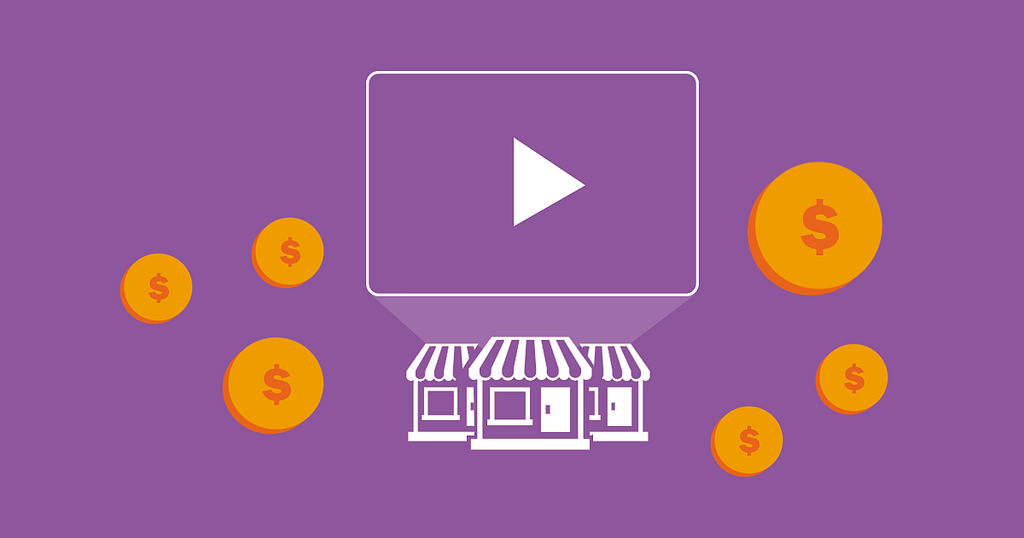
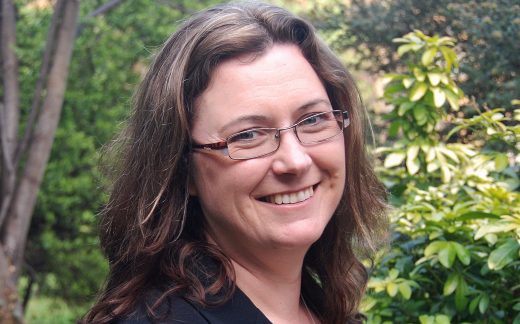
 Janette Lonsdale is a professional writer, editor, content strategist, and the owner of The Red Stairs, a boutique content consultancy who helps in the planning and development of digital content for B2B
Janette Lonsdale is a professional writer, editor, content strategist, and the owner of The Red Stairs, a boutique content consultancy who helps in the planning and development of digital content for B2B 



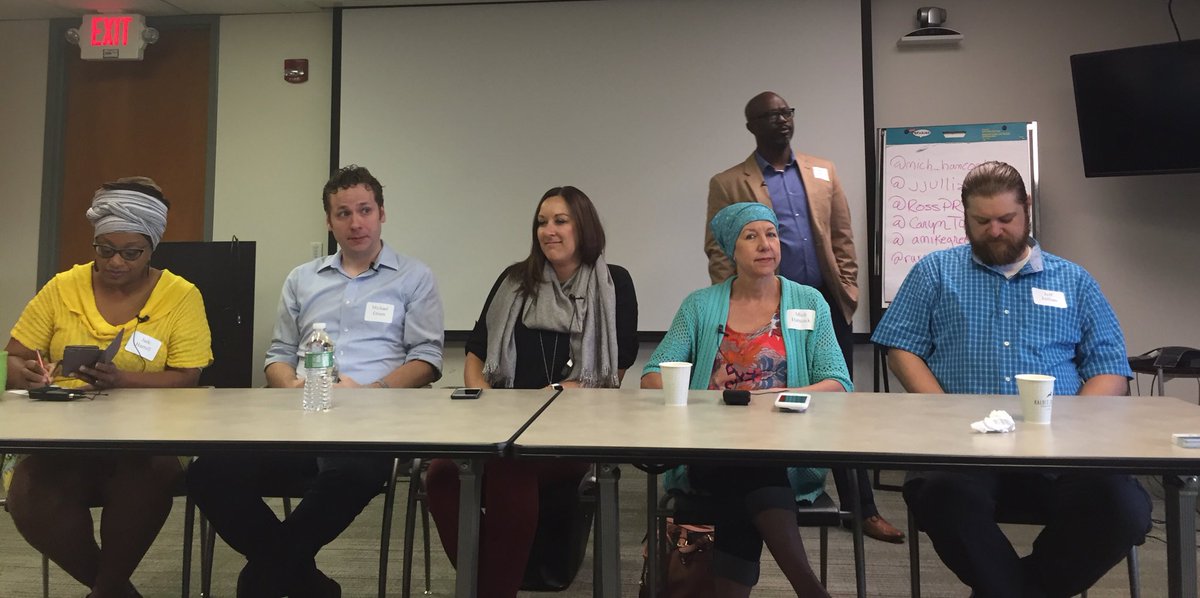
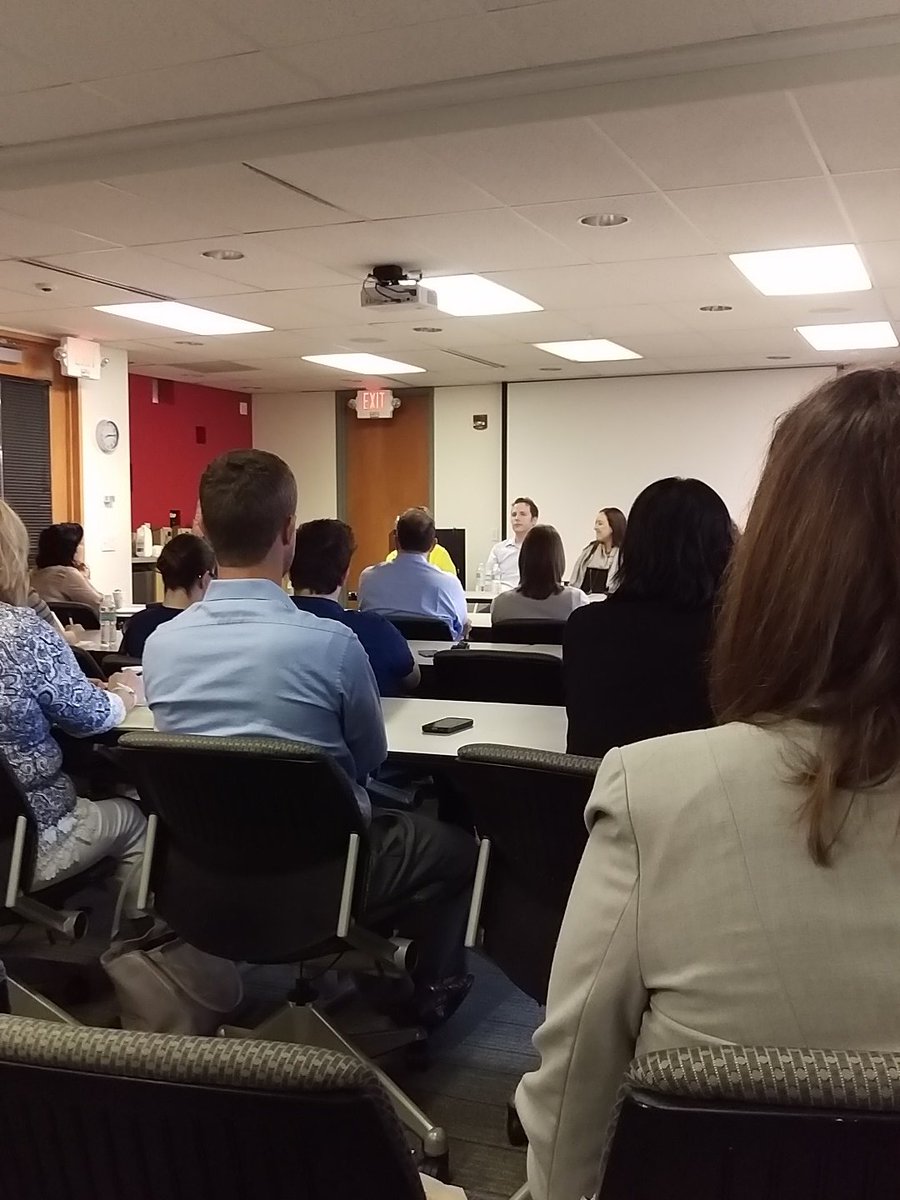



 Veena has a deep understanding of global consumer behavior as she has lived and worked across Asia, the Middle East and the US. Prior to moving into the global role – She increased the Digital IQ, set processes and implemented a hub and spoke model of managing Digital, across the six ASEAN countries, within J&J. Veena also co-created the Advanced Web Analytics program at NYU. Veena graduated from the National University of Singapore with a B.B.A (Finance) and NYU with a M.S. in Integrated Marketing.
Veena has a deep understanding of global consumer behavior as she has lived and worked across Asia, the Middle East and the US. Prior to moving into the global role – She increased the Digital IQ, set processes and implemented a hub and spoke model of managing Digital, across the six ASEAN countries, within J&J. Veena also co-created the Advanced Web Analytics program at NYU. Veena graduated from the National University of Singapore with a B.B.A (Finance) and NYU with a M.S. in Integrated Marketing.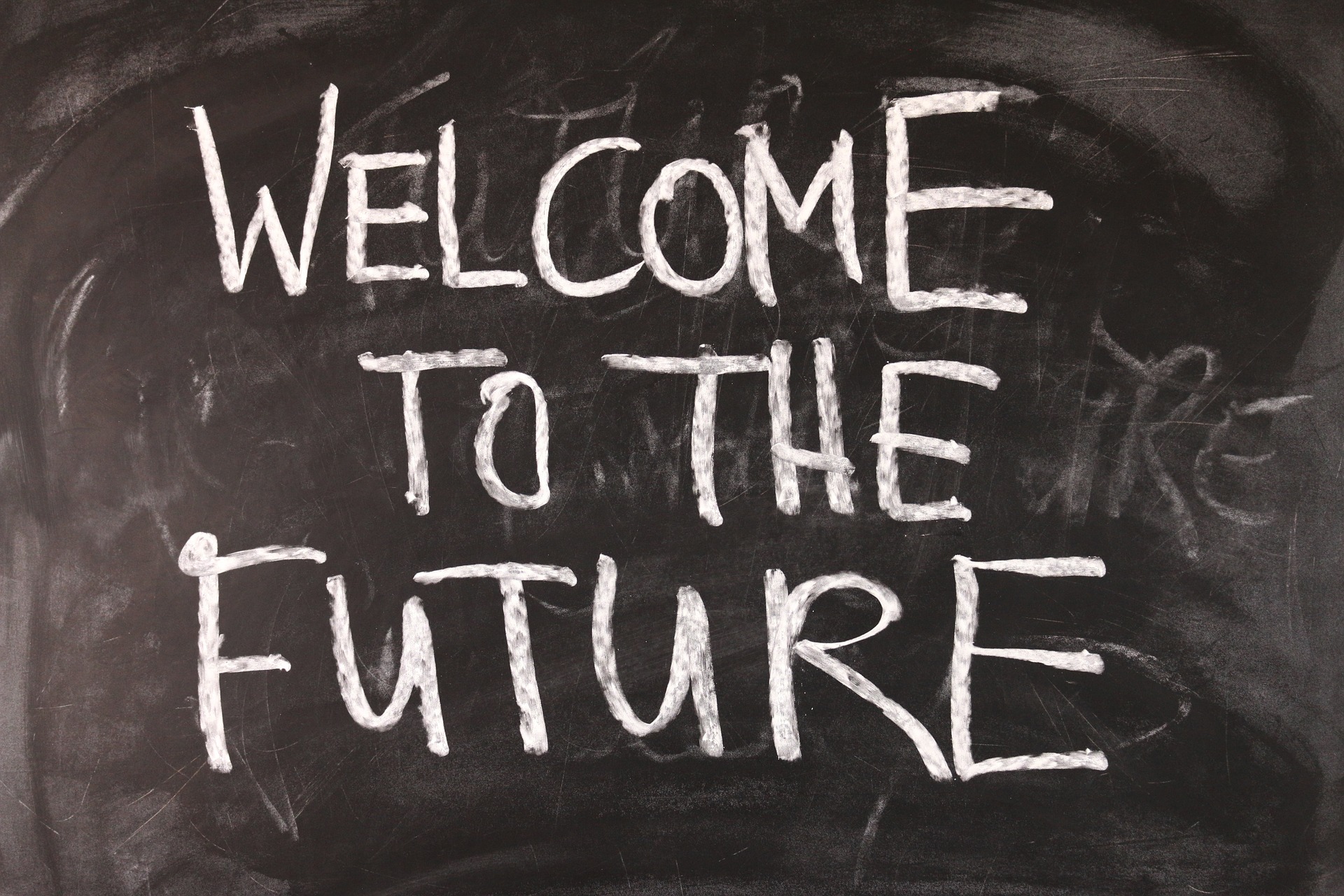 Recently, my alma matter was named a top 5 business school in the United States. While I wasn’t particularly surprised by this fact, I found myself surprisingly disappointed. I have been out of college for a little under two years and I resent my university for being praised on being a “#
Recently, my alma matter was named a top 5 business school in the United States. While I wasn’t particularly surprised by this fact, I found myself surprisingly disappointed. I have been out of college for a little under two years and I resent my university for being praised on being a “#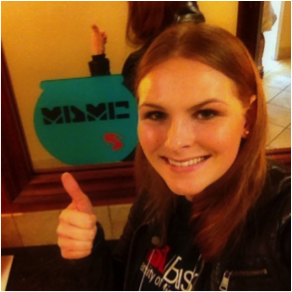


 The Midwest Digital Marketing Conference was a great event that had a lot to offer. Besides all the amazing speakers, 12 Arch Grants startups showcased their innovations and business ideas and competed for a $1,000 prize. At the end of the day
The Midwest Digital Marketing Conference was a great event that had a lot to offer. Besides all the amazing speakers, 12 Arch Grants startups showcased their innovations and business ideas and competed for a $1,000 prize. At the end of the day